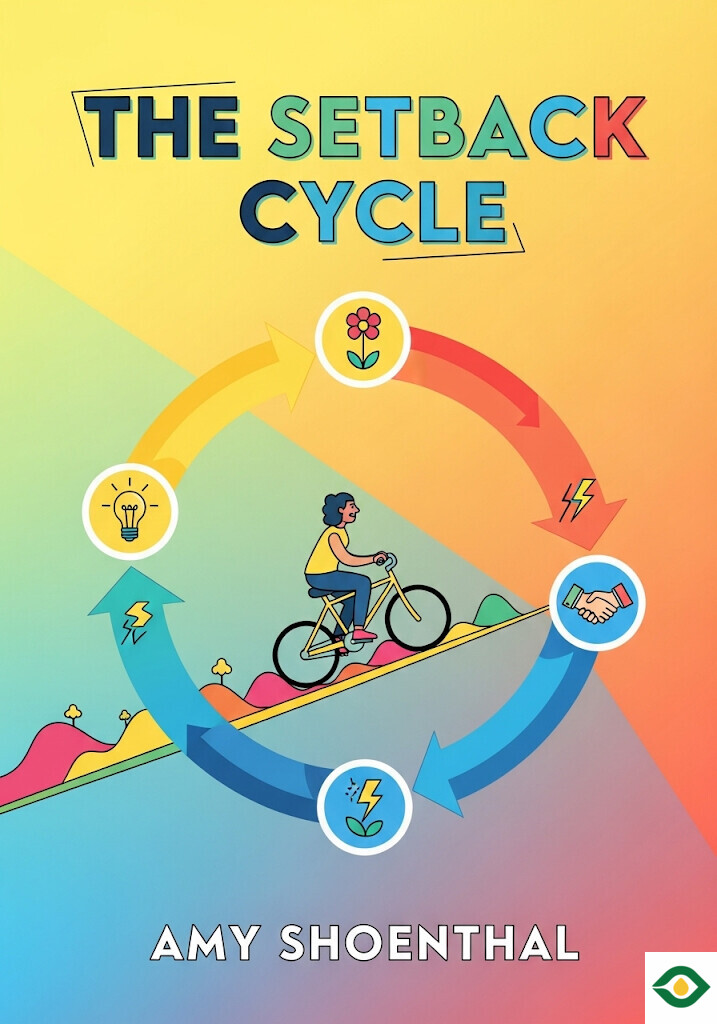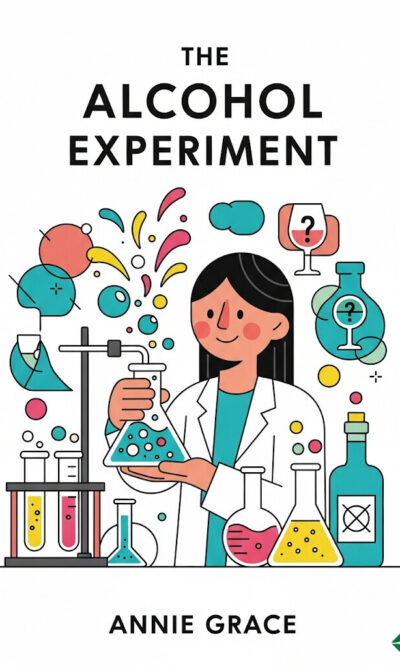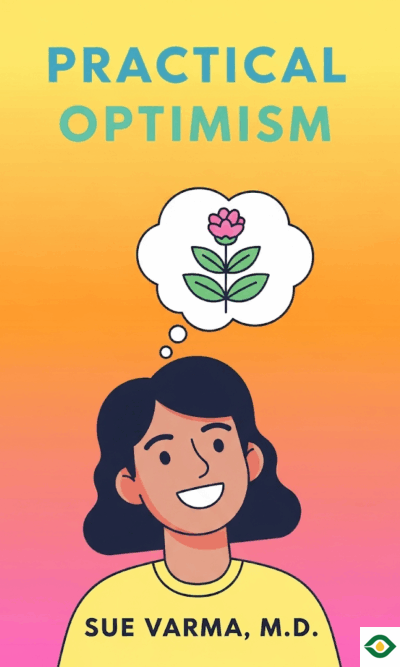Description
Life is full of unexpected challenges. No matter how carefully we plan or how hard we work, setbacks will always find their way into our path. Sometimes they come as small frustrations, like missing an important deadline or dealing with a difficult colleague. Other times, they hit with full force—losing a job, facing illness, or going through a personal crisis. In these moments, it can feel like the ground beneath us has disappeared. But hidden inside these painful experiences lies an opportunity: the chance to grow, to learn, and to become stronger than before.
The Setback Cycle shows us how to transform these difficult experiences into stepping stones for progress. Instead of running from struggles, we can face them directly and use them as fuel for personal and professional growth. The cycle involves four stages: recognizing the setback, embracing the emotions it brings, exploring new possibilities, and finally emerging with fresh direction and resilience.
The first stage is about acknowledgment. Many people try to ignore their setbacks or pretend they don’t exist. But denying problems does not make them go away—it only delays the healing process. The moment we pause and admit, “Yes, this is hard, and it’s happening to me,” we begin to regain control. Naming what we are going through makes it real and manageable. It turns confusion into clarity. For example, during the global pandemic, people who admitted they were feeling stuck or drained found it easier to begin addressing those feelings. By identifying the setback, we lay the foundation for moving forward.
The second stage asks us to embrace the emotions and difficulties that setbacks create. This is not about toxic positivity or forcing ourselves to smile when everything feels heavy. Instead, it’s about giving ourselves permission to feel sadness, anger, or disappointment, and letting those emotions teach us something. Sometimes people rush too quickly to cover pain with positive slogans. That only hides the truth. True growth comes when we allow ourselves to sit with discomfort, reflect, and slowly learn from it. Simple practices—like journaling, walking in silence, or even taking a mindful shower—can give us the space to process our thoughts. These moments of reflection help us separate what is temporary pain from what can become lasting wisdom.
Children remind us of something important during this process. Babies fall down many times when learning to walk, but they never label themselves as failures. They simply get back up, again and again, without shame or hesitation. Adults often lose this fearless mindset. We become too concerned with mistakes or embarrassment, and so we stop trying. But when we adopt a growth mindset, as psychologist Carol Dweck calls it, we begin to see setbacks differently. Instead of final defeats, they become lessons. Every stumble is proof that we are learning. By shifting from “I can’t do this” to “I am learning how to do this,” we open doors to progress.
Curiosity plays a key role in the next phase. As children, curiosity drives us to explore, question, and imagine. Somewhere along the way, responsibilities and routines bury that natural curiosity. But rediscovering it is essential. Asking ourselves what hobbies once made us feel alive or what dreams we set aside can rekindle energy and direction. Curiosity is more than just a distraction; it pushes us to explore new skills, revisit forgotten passions, and see fresh possibilities in life. Studies even show that curiosity keeps our brains healthier and happier. In times of setback, curiosity turns a dark dead-end into a doorway.
Alongside curiosity comes the discovery of our “superpowers.” These are not magical abilities but the unique blend of talents and passions that make us who we are. Everyone has strengths that come naturally—whether it’s creativity, empathy, problem-solving, or persistence. Sometimes, setbacks push us to uncover or rediscover these hidden strengths. Take the example of designer Norma Kamali, who turned professional challenges and personal struggles into opportunities to reinvent her career. By leaning on her vision and creativity, she reshaped the fashion industry. The key is to notice what you do well and what excites you, then combine those two forces. That combination can guide you through setbacks and even inspire others.
Once we’ve reflected, embraced emotions, reignited curiosity, and tapped into our strengths, the time comes to emerge. Emerging is not about leaping into a completely new life overnight. It is about taking small, clear, intentional steps forward. Big change can feel overwhelming, so breaking it down into smaller actions is crucial. For example, if you want to start a new business after a career setback, begin by researching, connecting with mentors, or learning new skills one at a time. These small movements build momentum and confidence.
The “Have, Do, Be” framework can help here. Ask yourself: What do I want to have? What do I want to do? Who do I want to be? Thinking this way provides structure to goals and helps you focus energy on actions that bring you closer to them. Even when setbacks push you off track, this approach lets you re-adjust without losing sight of your bigger picture.
Finally, to keep moving forward beyond a single setback, you need a guiding light—a North Star. This is your deeper purpose or personal mission, something that gives meaning to all the steps you take. It could be building a business that supports your community, raising a family with love, or pursuing a career that aligns with your values. Your North Star helps you make decisions and stay motivated when life gets confusing. It ensures that your daily actions are connected to something larger than yourself.
Real-life examples show the power of this principle. Cate Luzio left a successful banking career to create Luminary, a platform supporting women in their professional journeys. Her clear sense of purpose guided her through uncertainty and helped her adapt during a global crisis. With her mission as her North Star, she continued to grow and serve her community even in tough times.
In the end, setbacks are not permanent walls blocking our path. They are invitations to slow down, rethink, and grow. By recognizing them, embracing the emotions they stir, exploring new directions, and emerging with purpose, we complete the cycle of transformation. Every challenge can become a stepping stone, every failure a hidden teacher, and every painful ending a beginning of something new.
The Setback Cycle reminds us that resilience is not about avoiding pain, but about learning how to rise with more wisdom each time. If we carry curiosity, courage, and purpose in our hearts, no setback will ever define us. Instead, each one will refine us, shaping us into stronger, wiser, and more fulfilled human beings.





